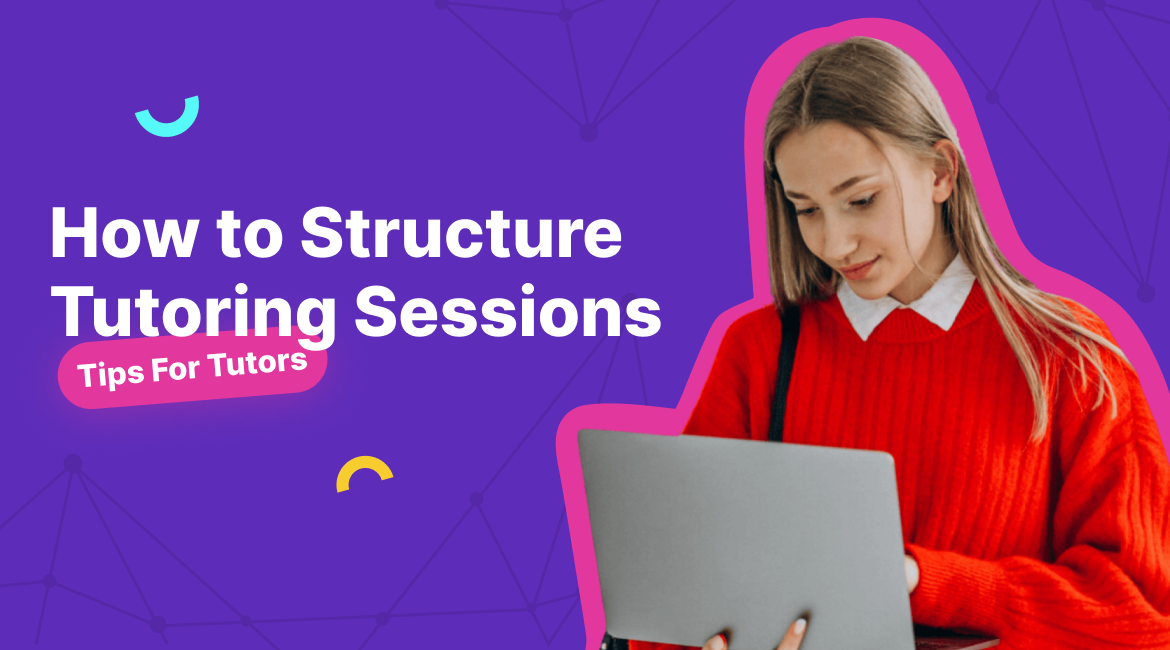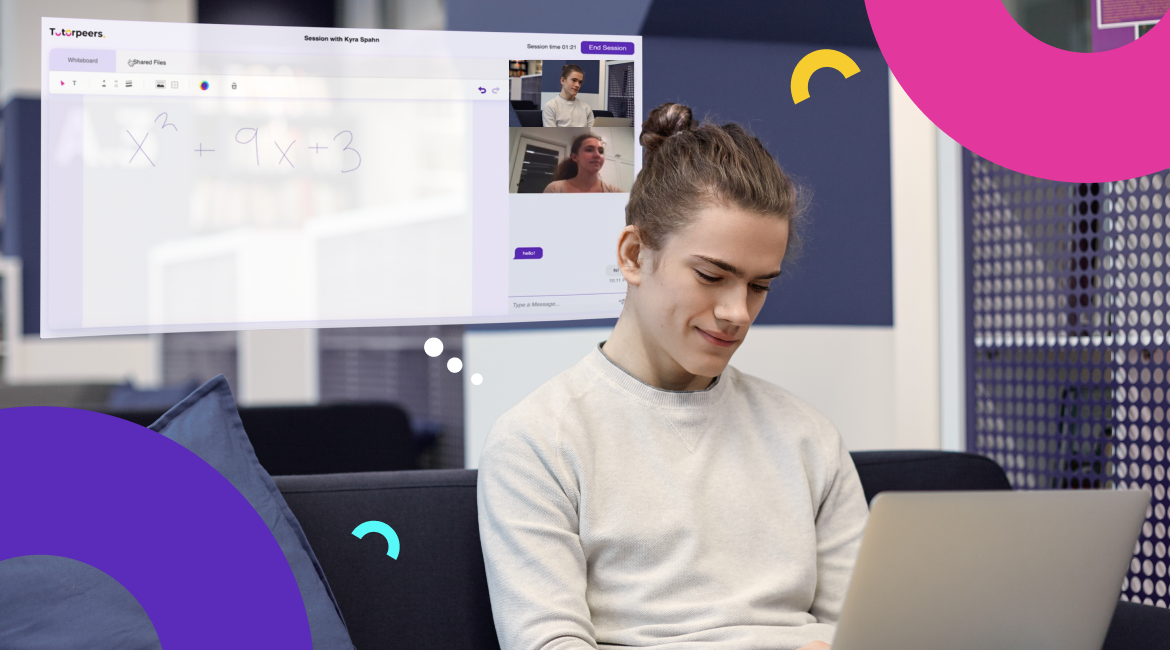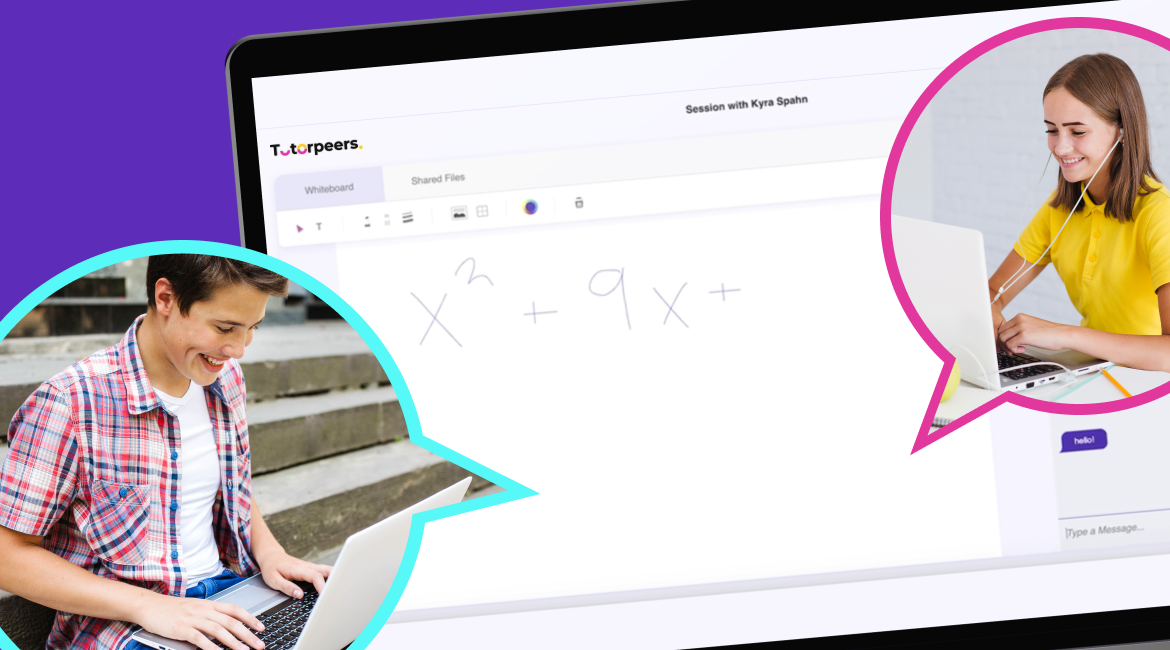Role of Parents in a Child’s Education
Ever wondered how you, as a parent, can make a real difference in your child's education? Dive into our complete guide and become the superstar parent your child needs!
Read more
If you're a tutor seeking to improve the effectiveness of your sessions, this article is designed for you. Structuring a tutoring session is crucial for optimizing learning outcomes and ensuring that you and your student make the most of your time together. In this guide, we'll delve into actionable strategies for session planning, engagement, and assessment. Tutorpeers back these recommendations. We are committed to enhancing the quality of tutoring services.

The initial session is a critical moment that establishes the framework for all subsequent meetings. It's not merely an introductory phase but a diagnostic opportunity to understand your student's academic standing, learning preferences, and objectives. This session should be a balanced mix of rapport-building and academic discussion. Begin by identifying the student's goals and areas of difficulty, as this will inform the design of future sessions. Also, set clear expectations for what the student can anticipate regarding teaching style, communication, and outcomes. Laying this groundwork in the first session will pave the way for a focused and productive tutoring relationship.
In the realm of tutoring, one size definitely doesn't fit all. Personalizing your approach is essential for a good tutoring session. This involves understanding your student's learning style—be it visual, auditory, kinesthetic, or reading/writing—and tailoring your teaching methods accordingly. For instance, visual learners might benefit from diagrams and flowcharts, while auditory learners could find discussions and verbal explanations more helpful. The key is to be flexible and willing to adapt your methods to meet the unique needs of each student. This personalized approach not only enhances the structure of your tutoring sessions but also makes the learning experience more engaging for the student.
Goal-setting is a fundamental step in structuring a tutoring session effectively. Without clear objectives, a session can quickly become unfocused and less productive. Work with your student to establish SMART goals—Specific, Measurable, Attainable, Relevant, and Time-bound. These goals will serve as a roadmap for your tutoring sessions, providing both direction and milestones to gauge progress. Whether mastering a particular concept or improving overall grades, having well-defined goals will add structure to your tutoring and make each session more outcome-oriented.

Preparation is a cornerstone of any well-structured tutoring session. Walking into a session without a plan is akin to sailing without a compass—you might move, but you won't necessarily go in the right direction. Before each meeting, review the material you'll cover and have all necessary resources at hand, such as textbooks, worksheets, or digital tools. This level of preparedness reflects your professionalism and ensures that the session runs smoothly, allowing you to focus on teaching rather than scrambling to find materials.
Even with meticulous planning, not every session will go as anticipated. Students might struggle with certain concepts, or external factors like a tough day at school could affect their concentration. This is where the ability to adapt and be flexible comes into play. If you notice that the planned material is too challenging or not engaging for the student, be prepared to shift gears. Flexibility is crucial for maintaining a good tutoring session structure, whether changing the teaching method, adjusting the pace, or switching to a different topic. Being adaptable allows you to meet your students where they are, making the learning experience more effective and less stressful for both parties.
Striking the right balance between professionalism and a relaxed atmosphere is critical to a well-structured tutoring session. While it's crucial to maintain a level of formality—being punctual, dressed appropriately, and prepared—it's equally important to create an environment where the student feels comfortable and open to learning. A rigid or overly formal setting can make the student anxious, hindering their ability to absorb information. On the other hand, a relaxed but focused atmosphere can facilitate better communication and more effective learning.
Structuring a tutoring session effectively is not just about what happens during the session but also how you prepare for it and adapt during its course. From the initial meeting to setting goals, personalizing your approach, and maintaining a professional yet relaxed environment, each element plays a significant role in the session's success. These guidelines, approved by Tutorpeers, aim to provide a comprehensive framework for tutors looking to optimize their teaching methods and outcomes. Implementing these strategies will not only make your sessions more productive but also more engaging for your students.
Q: How long should each tutoring session be?
A: It depends on the student's age and focus level. For younger kids, 30-45 minutes might be enough. Older students might benefit from hour-long sessions.
Q: Should I give homework?
A: Homework can reinforce what was covered in the session but keep it simple. You don't want to add to their existing workload from school.
Q: How often should sessions be scheduled?
A: Again, it depends on the student's needs. Some might benefit from multiple short sessions a week, while others prefer a single, more extended session.
Q: What should I do if a student is falling behind?
A: Communication is key. If applicable, talk to the student (and their parents) to understand what's going on. Then, adjust your approach accordingly.
Q: Can I tutor multiple subjects?
A: Sure, if you're comfortable and qualified in more than one subject! Just make sure to keep each session focused on one subject to avoid confusion.
Ever wondered how you, as a parent, can make a real difference in your child's education? Dive into our complete guide and become the superstar parent your child needs!
Read moreDiscover how small talks, staying on point, and utilizing chat features can enhance communication with learners, ensuring productive and engaging tutoring sessions.
Read moreDiscover essential strategies for tutors to attract more learners on Tutorpeers. From creating an engaging profile to leveraging the power of social media and educational content, this guide offers practical tips and insights into making your tutoring profile irresistible to potential students.
Read more